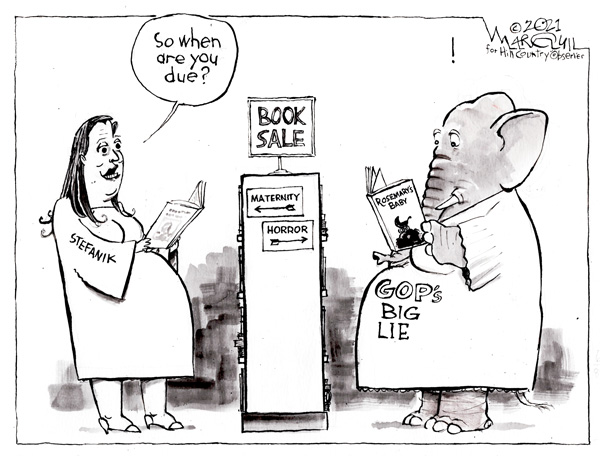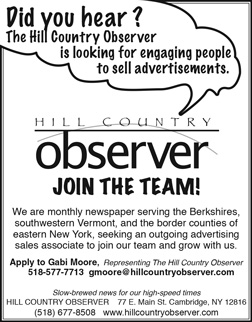Editorial August 2021
E D I T O R I A L
For Saratoga and for horses, reform is the better course
The animal rights movement has earned a reputation for extremism in recent decades, and there are many within the movement who hold to the notion that animals should be treated the peers of humans, deserving of the same freedoms.
Some activists would, if they could, undo the centuries of human domestication of animals -- and halt what they view as the enslavement of animals in agriculture, sports and other human pursuits.
But one doesn’t have to join with the movement’s most radical elements to agree with the notion that, as humans, we have a responsibility to protect the animals in our care from abuse, cruelty and unnecessary pain and death.
And even from that more moderate standard of animal welfare, it’s not hard to conclude that the thoroughbred racing industry’s treatment of its horses has been, at best, highly problematic.
As our cover story this month details, animal rights activists are increasingly focusing their attention on the Saratoga Race Course, protesting outside its gates and keeping an online tally of the number of horses killed during this summer’s racing season.
The group Horseracing Wrongs, which is based in the Albany area but now has a presence in 20 states, sees the horseracing industry as irredeemably cruel. Its members say their goal is to see horseracing follow the path of greyhound racing, a pastime that has become all but extinct over the past 20 years as the public came to see it as cruel and most states banned it.
In and around Saratoga Springs, where the thoroughbreds have been running every August for nearly 150 years, the notion that a band of activists could bring about the demise of the racing industry may seem almost laughable. The 40-day Saratoga meet remains one of the premier racing events in the nation, and the local track has set attendance and betting records in recent years.
But the success of Saratoga is dependent in part on what happens the rest of the year at other racetracks around the country, and the industry as a whole is under increasing stress. Attendance and betting have been in decline for years as gambling has shifted to casinos. As a result, lesser tracks have been going out of business. Lots of insiders are worried about racing’s long-term viability.
Public perception matters, and activists have honed in on two inconvenient truths for the industry. First, despite a proliferation of equine retirement organizations in the past couple of decades, too many racehorses – estimates range from 7,500 to 12,000 a year – still wind up being shipped out of the country to slaughterhouses when their racing days are over.
Second, a disturbing number of horses are suffering catastrophic injuries and dying while racing or training at U.S. thoroughbred tracks. Based on industry figures from the Jockey Club’s Equine Injury Database, The New York Times concluded in a 2018 report that the fatality rate at U.S. tracks was up to five times the rate in the rest of the racing world. Doping and breeding practices are thought to be factors that set the U.S. industry apart.
Cleaning up these problems won’t be easy or cheap. But the industry needs to show real progress -- not just to appease the activists, but for the sake of the horses, horse lovers and racing fans and the many people in the region whose livelihoods are intertwined with racing.


